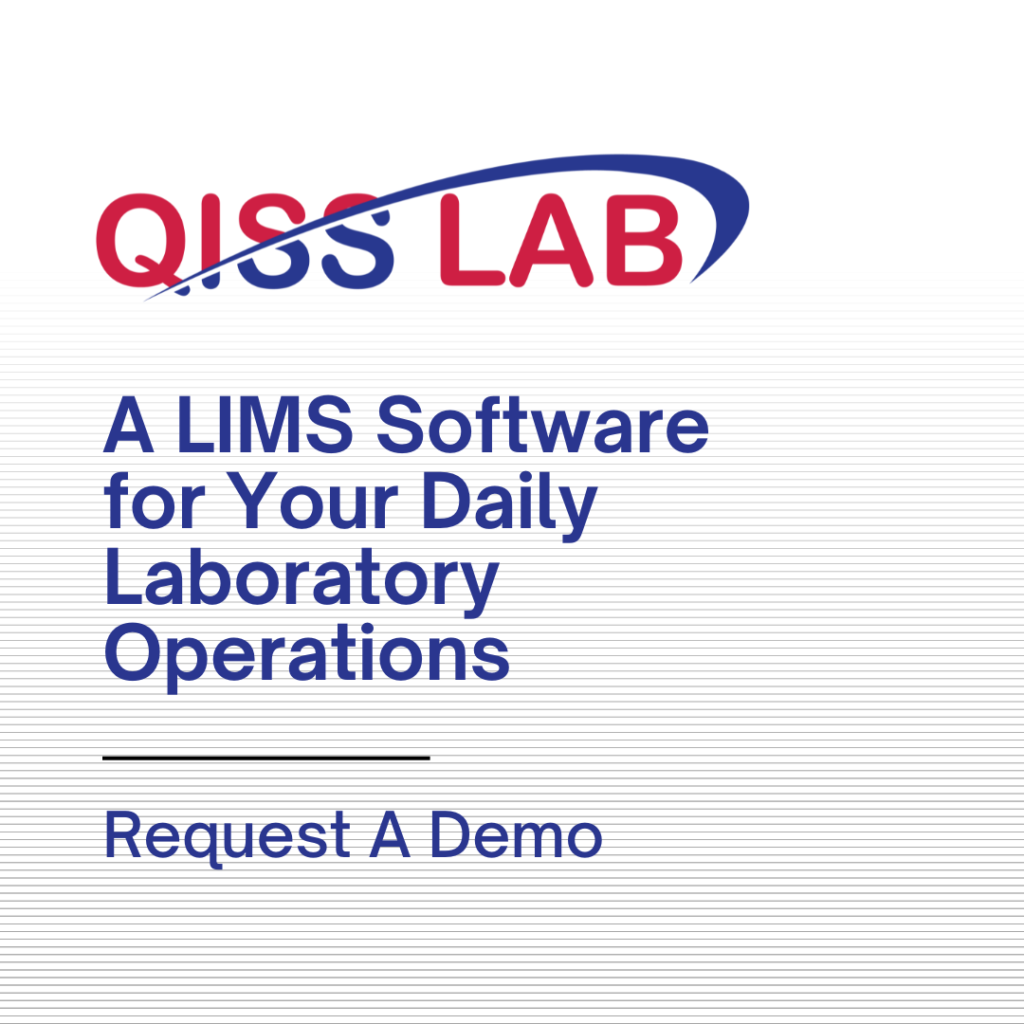CAPA (Corrective and Preventive Action) initiates a process in the Quality Management System that requires an organization to make sure that the recurrence of a quality issue does not occur again. When we speak of CAPA in the light of FDA or ISO, we must see whether our CAPA addresses the requirement of the FDA or ISO system.
FDA has very stringent requirements for the simple reason that any noncompliance to the condition can lead to severe and even devastating consequences. The FDA requirements are strict because health and human lives are at stake.
Several steps need to be incorporated into the CAPA system as follows:
Verification of the CAPA procedure ensures that the regulatory body’s requirements have been defined adequately and documented.
Ensure that relevant sources of quality issues have been identified and relevant data from these sources have been appropriately analyzed.
The organization must regularly analyze data on Quality issues. The relevant data could be from Quality Complaints, service issues, and returned products. The data can also be from the different stages of the production process, starting from component, in-process, and finished goods testing. The second step in the supply chain would be the Distribution process. For example, in the case of certain medicines, the stringent FDA requirement could be to store the medicine below a specific temperature. Say the requirement is to store it at 4 degrees Centigrade. At the end of the production process, the drug is kept at 4 degrees Centigrade and is in good condition. However, the facility could not maintain the temperature during transportation or storage. That would affect the efficacy of the medicine, and it could be dangerous.
Ensure that product quality data showing negative trends have been identified and analyzed for preventive action.
A review of historical data would be crucial for determining the Preventive action. The use of appropriate statistical techniques would be helpful.
Incoming materials could be tested and recorded to see any changes, which could mean that the vendor may have made changes in his/her production process.
The Quality data information system needs to be challenged to ensure that the information received by the CAPA system is accurate, complete, and timely.
Determine the significance of the risk factor related to the deviation and rank the appropriate set of actions commensurate with the severity of the risk involved.
Minor issues that have a negligible effect on the quality performance of the product may not call for a detailed analysis and corrective and preventive action. A significant risk impact issue may need to go to Root Cause Analysis and design CAPA accordingly.
In such cases, all Failure mode analyses from the sample of failure investigations must be captured and analyzed correctly.
Dissemination of information regarding CAPA is crucial in an FDA-regulated organization. All concerned persons should have access to the most recent data and instructions so that the correct, current record is used and used in the management review.
Choose suitable software for your business from QISS essential software list. We are always ready to provide you ISO-based QMS services through QISS QMS software.



